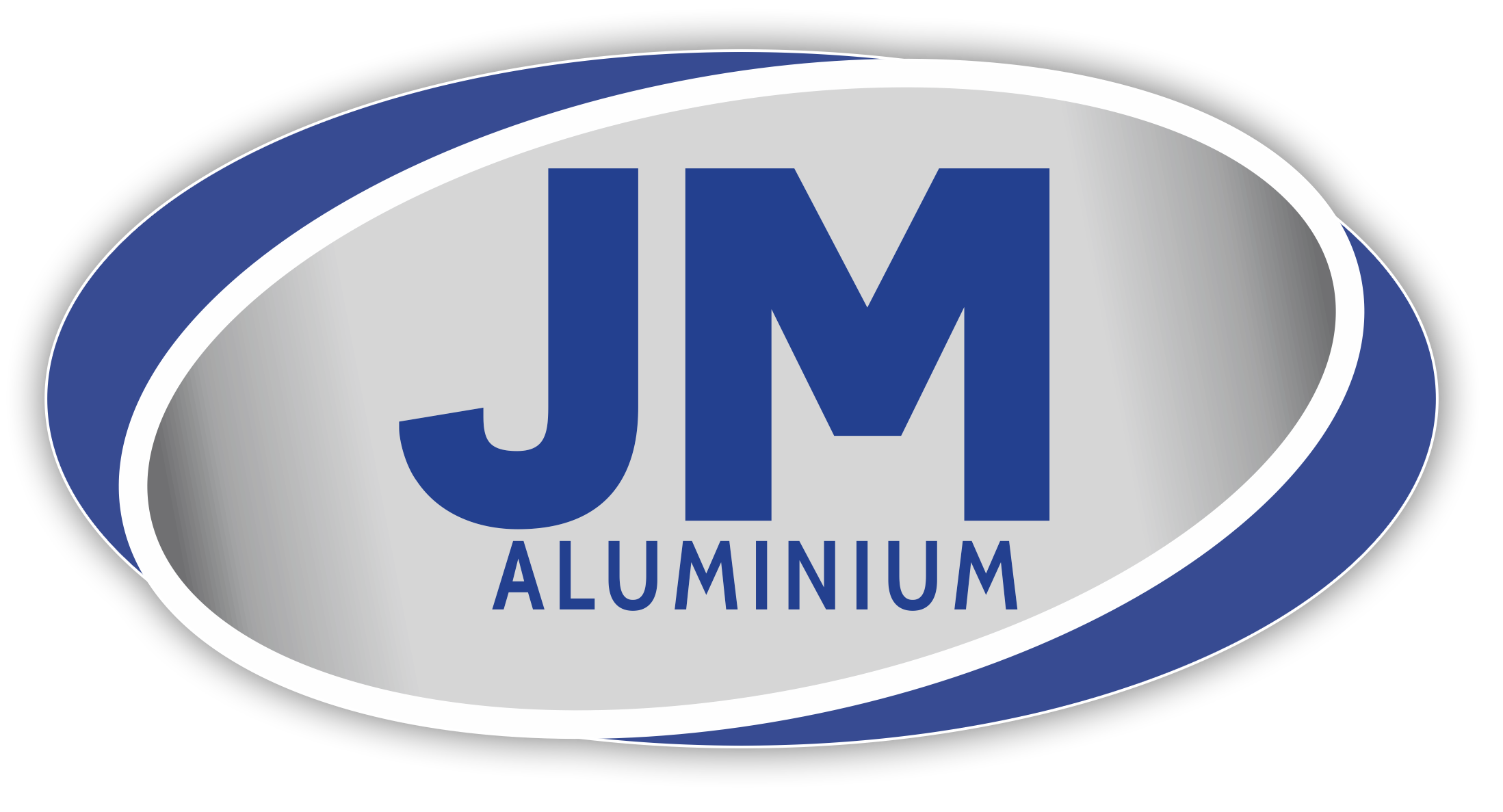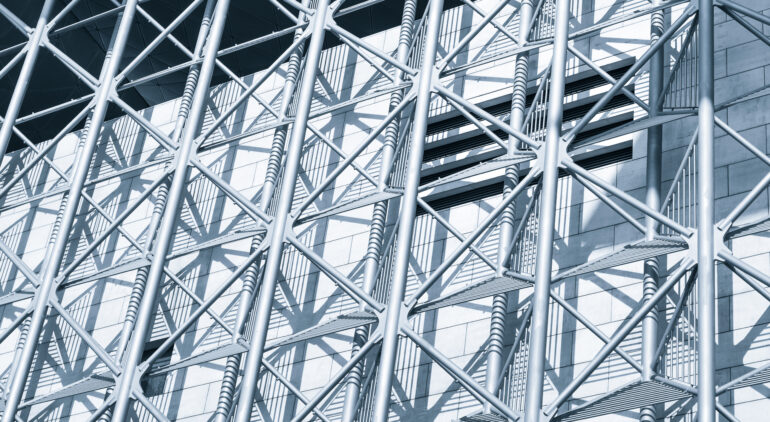Applications of Aluminium Formwork in Modern Construction
This is the era of revolution in construction because of the rising use of aluminium formwork. The latter provides matchless benefits and can be exploited to take building projects to the next level. The practical applications of aluminium formwork are myriad, from industrial aluminium profiles to aluminium bridges.
In the construction industry, concrete is poured into a temporary mould called formwork. Traditional formwork is made of materials like wood or steel. However, the latest trend is that of aluminium formwork of high quality.
Systems of aluminium formwork are made of durable, high grade and lightweight aluminium alloys. Some of these systems are modular, implying that they are pre-fabricated and easy to assemble and disassemble. This renders aluminium formwork projects an ideal fit for meeting the specific needs of various construction projects.
Types
Aluminium formworks are classified based on design, application and functionality. There are three main groups: Modular, beam-based and monolithic systems.
Beam-based systems comprise pieces of aluminium beams that are assembled into a structure, providing adaptability and flexibility.
On the other hand, modular systems comprise pre-fabricated modules that can be assembled quickly on-site, offering efficiency and speed.
Monolithic systems feature self-contained, single units, which have high durability and exceptional strength.
Beam-based systems are suitable for curved structures and complex geometries, while modular systems are ideal for large-scale and high-rise construction projects. Because of their inherent strength, monolithic systems are ideal for heavy and large structures.
Benefits
Aluminium formwork systems provide matchless benefits; by exploiting these, we can revolutionize the construction industry and build magnificent projects.
These are not just in terms of incremental changes but also in the form of game-changing shifts in the method to build. Using aluminium formwork, it is possible to create faster, stronger and more economical structures than ever.
• Speed and efficiency
The rigours of the construction industry force builders to try to finish projects as fast as possible. Construction can be speeded up with aluminium formwork. The use of the lightweight aluminium material makes it possible to handle the systems with ease and enables quick installation without needing heavy machinery.
The simple process of assembly and disassembly helps to reduce labour time to a great extent. Additionally, the aluminium panels are designed with precision regarding alignment and quality. This helps avoid the tasks of wide rework or adjustments. Thus, the construction process is streamlined, helping to lower the time for construction by nearly 30% in contrast to traditional formwork methods.
• Sustainability and durability
Though wooden formwork systems degrade or rot over time, aluminium formwork remains tall and sturdy even with the passage of time. The latter are known for longevity and durability, which are vital for modern high-rise buildings.
Aluminium formworks that are well maintained can be re-used up to 300 times, which helps reduce both waste and material costs. Projects of high-rise construction need a high volume of materials, so by using re-cyclable aluminium formworks, much cost savings can be garnered.
• Precision and quality
Aluminium formworks are precision-engineered, and so can improve the efficiency of the construction of high-rise projects to a vast extent. Such panels can make smooth and uniform concrete surfaces. This helps avoid the need for finishing or final touch-ups.
In the case of high-rise buildings, such precision is highly valuable since even the most minor deviation can result in major structural problems. The aluminium panels ensure the compact and even distribution of concrete, making the building structure sturdy and sound. Traditional materials lack this quality, making human error more common.
• Cost-effectiveness
Note that the initial cost of aluminium formwork is higher than that of traditional systems. But this is not the final picture. There are substantial, long-term cost benefits of aluminium construction projects. The latter helps reduce labour costs and material costs by lowering the need for replacements.
• Stronger and lighter
Aluminium formworks are stronger and lighter than traditional materials. This makes for easier transport and handling while maintaining matchless durability and toughness.
• Faster construction
Formworks made of aluminium permits rapid assembly and disassembly, helping to reduce the time for construction and enhancing productivity.
• High versatility
Formworks made of aluminium can be tailored to fit unique project needs, offering a matchless scope for creativity and flexibility.
• Safety features
Systems of the aluminium framework are created with multiple safety features that make for a reliable and secure construction process. For instance, they are equipped with built-in safety features, like secure access points, guard rails and safety nets, which help avoid accidents and falls. The systems are also easy to set up and remove, reducing the risk of accidents and injuries during construction.
Main applications
• For high-rises
Much precision is required for constructing high-rise structures; this is precisely what aluminium formworks deliver. Thus, they can be used to construct towering skyscrapers with matchless accuracy and speed. These materials’ robust but lightweight nature enables us to make complicated structures that defy gravity.
•For bridges
The construction of bridges is being revolutionized with the help of aluminium formworks to create complicated, large-size structures spanning vast distances with matchless speed and precision. The process is undergoing a paradigm shift. It helps avoid all the issues of traditional methods, such as delayed timelines, compromised safety and excessive costs.
• For slab construction
Modern construction needs high-quality slabs made with speed and precision. Regarding slab construction, aluminium formwork systems provide top-notch benefits, making them the ideal choice for several construction projects. Advantages include quicker construction time, enhanced accuracy, improved quality and reduced labour costs. Applications include powder-coated aluminium extrusions.
The future
The arena of aluminium formworks is poised to revolutionize the construction sector in the future. In the coming times, there will be enhanced adoption of modular construction, incorporation of cutting-edge technologies, use of sustainable building practices and global standardization.
In sum, we can conclude that aluminium formwork systems are the future of construction. They are revolutionizing the industry through the speed and versatility of their valuable services, environmental benefits and safety features. The potential of aluminium formworks for use in the construction sector is stupendous, and only the future will reveal its true value.




